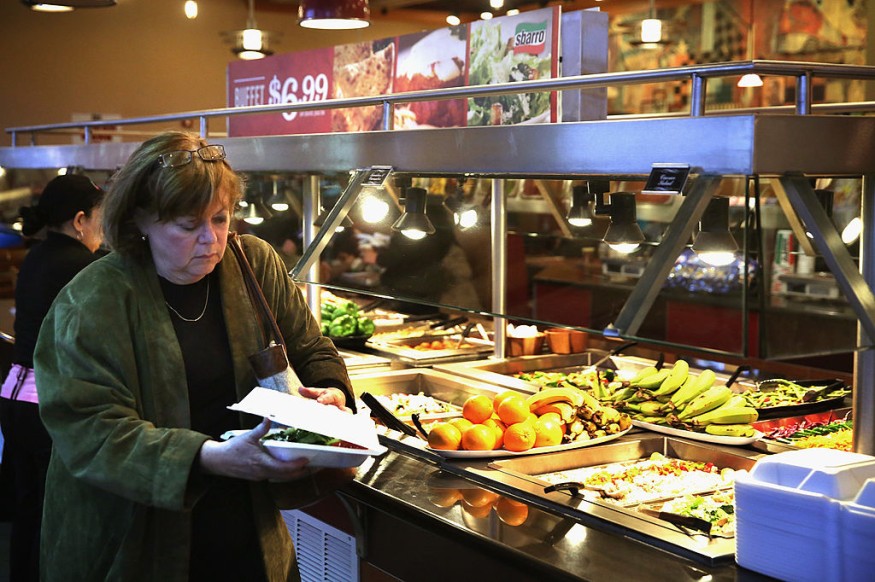
The hype of eat-all-you-can restaurants (EAYC) attracts more customers, especially when the pandemic is not yet in the picture. With a vast menu of food to be eaten, consumers' goal after paying is to indulge and get their money's worth of food in the buffet section or even way moreover that what they paid for.
But with people entering the EAYC establishments that eat a lot, have you ever wondered how these restaurants earn their profit?
In any business, profit is significant because that is the heart and soul of the company. A business will not continue if it does not generate profit; that will be the budget for the business establishment and its menu. But did you know that EAYC restaurants have tricks that make them earn money?
How Do Eat-All-You-Can Restaurants Earn Money
The Hustle reports that in their analysis of about 30 EAYC restaurants, most of the restaurants have a fixed price of 20 US Dollars. They add that for every $20, $1 will be left as net profit because the other $19 must go toward the overhead, such as the menu, labor, rent, and other expenses.
Also, Mashed notes that thanks to the consumers, the industry has a lower overhead. And that is because the buffet restaurants have the goal to fill the customers as cheaply as possible, according to Psychology Today. Here are the things that eat-all-you-can restaurants make as adjustments to earn money.
Everything in Bulk
According to Psychology Today, EAYC restaurants buy their vegetables and meat in bulk to avail them at a much cheaper cost. They note that a 50-pound bag of potatoes from a wholesaler costs $6 and a 50-pound sack of carrots costs about $9, which is a lot of food and can fill a lot of bellies.
Food Arrangement
The Hustle mentions a study that demonstrates 75% of the buffet diners select whatever food is in the front trays, and 60% of the food they consume come from the first three trays. That is why it is an effective strategy to put the cheap, filling foods in the front trays.
Smaller Tools and Bigger Glasses
Have you ever wondered why the plates in EAYC restaurants are small, but their glasses are big? Mashed shares that even though customers are given trays to carry all the ramekins and small dishes, you will not be able to pile many plates on, which cuts down how much you eat per trip on the buffet.
When it comes to glasses, soft drinks cost very little but have a significant mark up, and big glasses make someone get a bigger serving of soft drinks filling the customers' belly.
Flexible Menu and Seasonal Ingredients
Eat-all-you-can restaurants, can adjust their menu depending on what ingredient is cheap and available. They add that to increase the food quality, seasonal items are offered on the menu, making the components more affordable.
They also point out that when the staple pork or beef price goes down, then more dishes that utilize the ingredient are offered.
Food Waste
Mashed shares that EAYC restaurants monitor their food wastes because it also costs them. To minimize them, Mashed notes that they watch which food is in demand during specific days and which food is not that getting so much attention, then they re-fix their menu and tailor it to the customer's liking.
They gave the example that if salads are popular during weekends, then the salad will be served during weekends to control the waste.
With these strategies, eat-all-you-can restaurants gain their profit and maximize their abilities to fill their customers' stomachs still. Always remember to get the proper proportion you can eat and don't overeat to avoid health problems you might regret in the long run.



